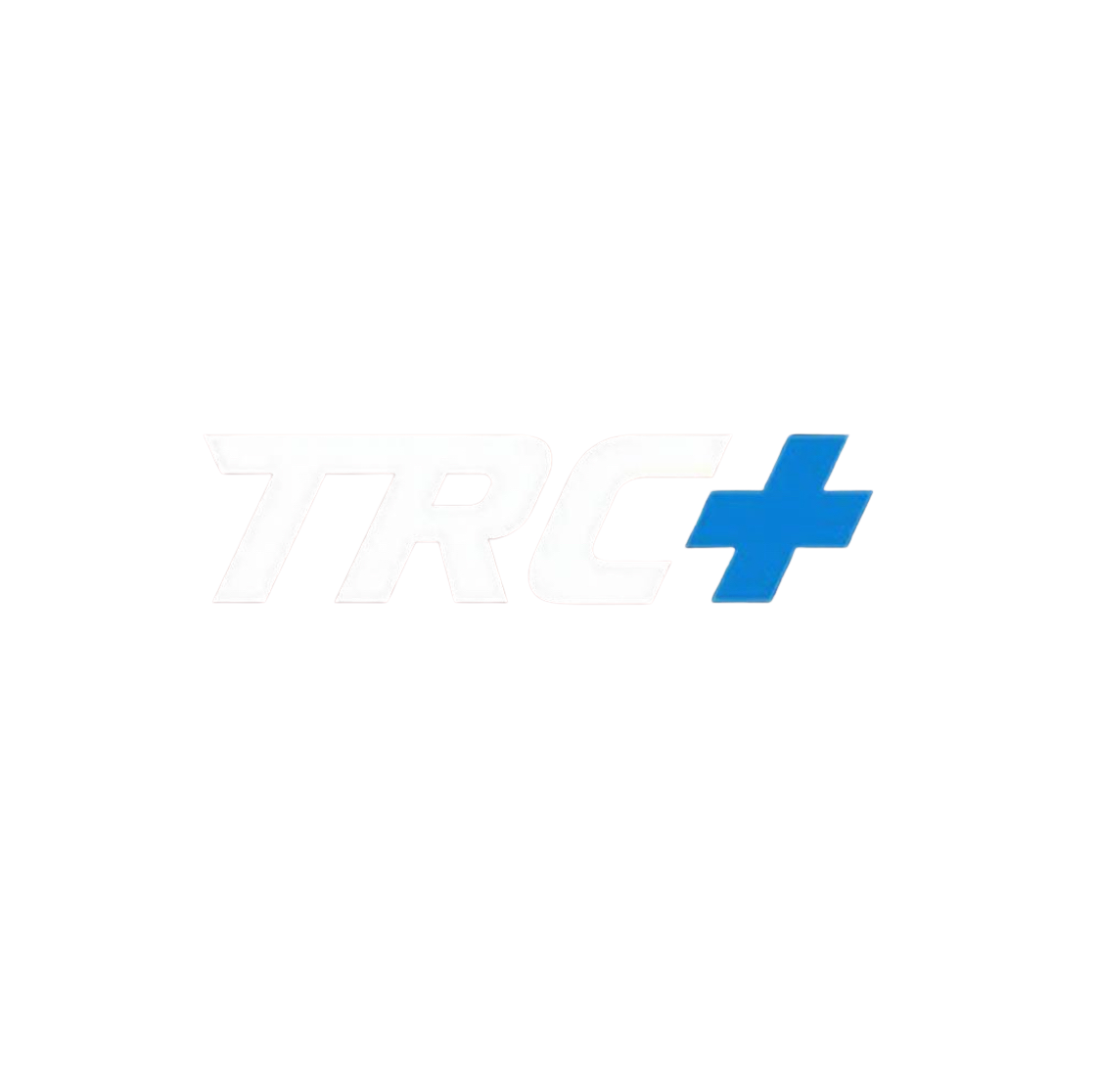When Knee Pain Sidelines Your Training: Understanding Patellar Tendinopathy (“Jumper’s Knee”)
For active adults and athletes, knee pain can be one of the most frustrating obstacles to training. It sneaks in gradually — first as a small ache during squats or runs, then as a sharp pain that lingers long after your workout. What often starts as a mild discomfort can evolve into a chronic, nagging condition known as patellar tendinopathy, or “jumper’s knee.”
This injury is especially common in athletes who jump, sprint, or lift heavy, such as basketball and volleyball players, runners, or gym enthusiasts who perform deep squats and Olympic lifts. The patellar tendon, which connects your kneecap (patella) to your shinbone (tibia), becomes irritated from repetitive load. Over time, this repeated stress causes microtears in the tendon fibers, leading to pain, stiffness, and decreased performance.
What the Research Says
Studies show that patellar tendinopathy isn’t purely an inflammation issue — it’s actually a degenerative process within the tendon caused by overuse and failed healing. A landmark paper by Cook and Purdam (2009, British Journal of Sports Medicine) reframed the condition as a “continuum” rather than a one-time injury. In the early stage, the tendon becomes reactive and swollen; if ignored, it can progress to more chronic structural changes that make recovery slower.
Interestingly, research also points to poor load management — not just tight muscles — as a key driver of symptoms. A study by Malliaras et al. (2015, Sports Medicine) emphasized that tendons need progressive loading, not rest alone, to heal properly. This means the right exercise, done the right way, can be the most powerful medicine.
How to Approach Recovery
Rest alone won’t fix jumper’s knee — it might calm symptoms temporarily, but the tendon becomes weaker if left unloaded. Instead, structured exercise therapy is the most effective long-term treatment. Controlled, progressive strengthening restores the tendon’s capacity to handle load and improves tissue quality.
Eccentric exercises — where the muscle lengthens under tension — have shown consistent benefits in research. One classic example is the slow decline squat on a slanted surface. Performed with slow, deliberate movement, it helps stimulate tendon remodeling and reduce pain. Isometric holds (such as wall sits) can also calm pain and reintroduce load safely.
Mobility work around the hips and ankles is another crucial piece. Limited hip extension or ankle dorsiflexion often forces the knee to absorb more stress, especially during jumping and landing. Improving flexibility and control in these areas can unload the patellar tendon and allow better force distribution.
Finally, smart training management is key. Gradually increasing intensity, allowing recovery days, and incorporating cross-training all help prevent overload from returning. The body adapts best when stress and rest are balanced.
The Takeaway
Patellar tendinopathy can be frustrating, but it’s highly treatable with the right plan. The most effective strategies are rooted in load control, movement quality, and patience. Your goal isn’t just to get out of pain — it’s to rebuild a tendon that can handle the demands of your sport again.
If you’re an athlete or active adult dealing with persistent knee pain, start with slow, structured strengthening and avoid the trap of quick rest–return cycles. Give your tendon time, challenge it intelligently, and you’ll be back doing what you love with more resilience than before.
References
Cook JL, Purdam CR. (2009). Is tendon pathology a continuum? A pathology model to explain the clinical presentation of load-induced tendinopathy. British Journal of Sports Medicine, 43(6):409–416.
Malliaras P, Barton CJ, Reeves ND, Langberg H. (2015). Achilles and patellar tendinopathy loading programmes: a systematic review comparing clinical outcomes and identifying potential mechanisms for effectiveness. Sports Medicine, 45(9):1337–1353.
Rio E, Kidgell D, Purdam C, Gaida J, Moseley GL, Pearce AJ, Cook J. (2015). Isometric exercise induces analgesia and reduces inhibition in patellar tendinopathy. British Journal of Sports Medicine, 49(19):1277–1283.
